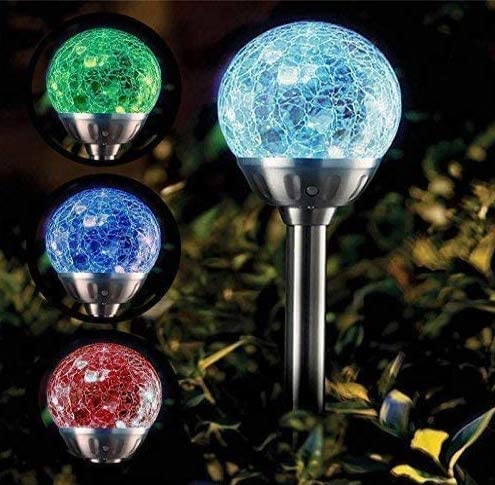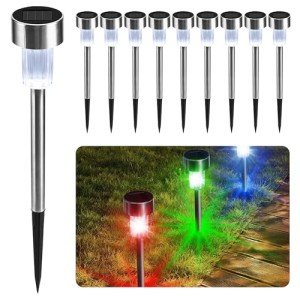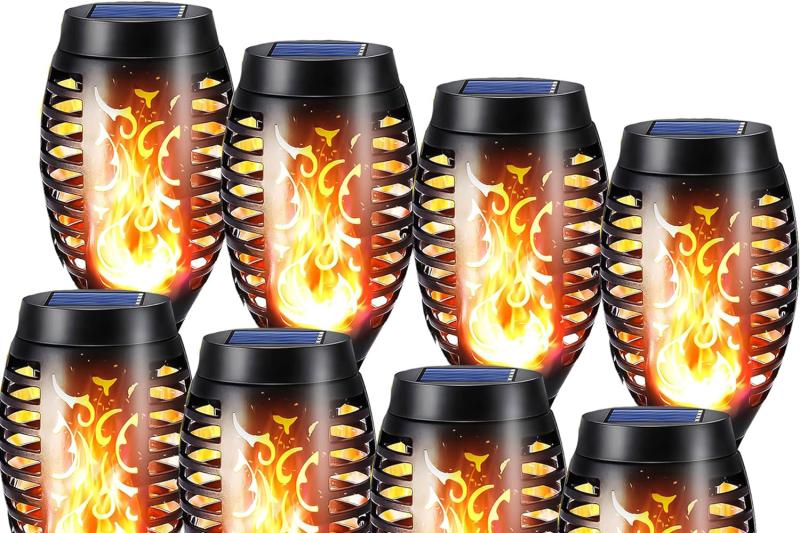How do solar lights work?
Solar lights are an increasingly popular and environmentally friendly lighting option that rely on the power of the sun to provide light during the night. These lights have become a popular choice for outdoor lighting, as they are easy to install, low-maintenance, and do not require an electrical connection. In this article, we will explore how solar lights work and the technology behind them.
The basic working principle of a solar light is simple: it converts sunlight into electricity and stores it in a battery for later use. The light fixtures are equipped with a small solar panel that absorbs the sun’s energy during the day and converts it into direct current (DC) electricity. This process is made possible through the use of photovoltaic cells, which are semiconductors that can convert light into electricity. The more sunlight the panel receives, the more electricity it produces.
The electricity generated by the solar panel is stored in a rechargeable battery, usually made of nickel-metal hydride (NiMH) or lithium-ion. The battery is located inside the light fixture and is charged throughout the day by the solar panel. Once the sun sets, the solar light turns on automatically, using the energy stored in the battery to power the LED lights.
The LED lights used in solar lights are highly efficient and consume very little power, making them ideal for use in solar lights. LEDs (light emitting diodes) are semiconductor devices that convert electricity directly into light. They produce very little heat and have a long lifespan, making them a cost-effective and eco-friendly lighting solution.
In addition to the solar panel, battery, and LED lights, solar lights also have a small control board that regulates the charging and discharging of the battery. The control board is programmed to ensure that the battery is not overcharged or over-discharged, which can damage the battery and reduce its lifespan.
The advantages of solar lights over electric lights
One of the key advantages of solar lights is that they are very low maintenance. Because they do not require an electrical connection, there are no wires to install or maintain. The solar panels are typically made of durable materials such as tempered glass or polycrystalline silicon, which can withstand harsh weather conditions. The LED lights are also designed to be long-lasting, with some models lasting up to 50,000 hours.
Solar lights are also environmentally friendly, as they do not emit greenhouse gases or other pollutants. They are powered by renewable energy, which reduces the demand for non-renewable energy sources such as coal and oil. Solar lights can also help reduce energy costs, as they do not require electricity from the grid.
Solar lights are available in a wide range of designs and styles, from small stake lights to larger floodlights. They are ideal for use in outdoor spaces such as gardens, patios, and pathways, and can provide a warm and inviting ambiance. Some solar lights also come with motion sensors, which turn the lights on when someone walks by, providing added security.
In conclusion, solar lights are a great option for environmentally conscious homeowners who want to reduce their energy consumption and costs. They work by converting sunlight into electricity, which is stored in a battery and used to power LED lights at night. With their low maintenance requirements and long lifespan, solar lights are a cost-effective and eco-friendly lighting solution for outdoor spaces.







